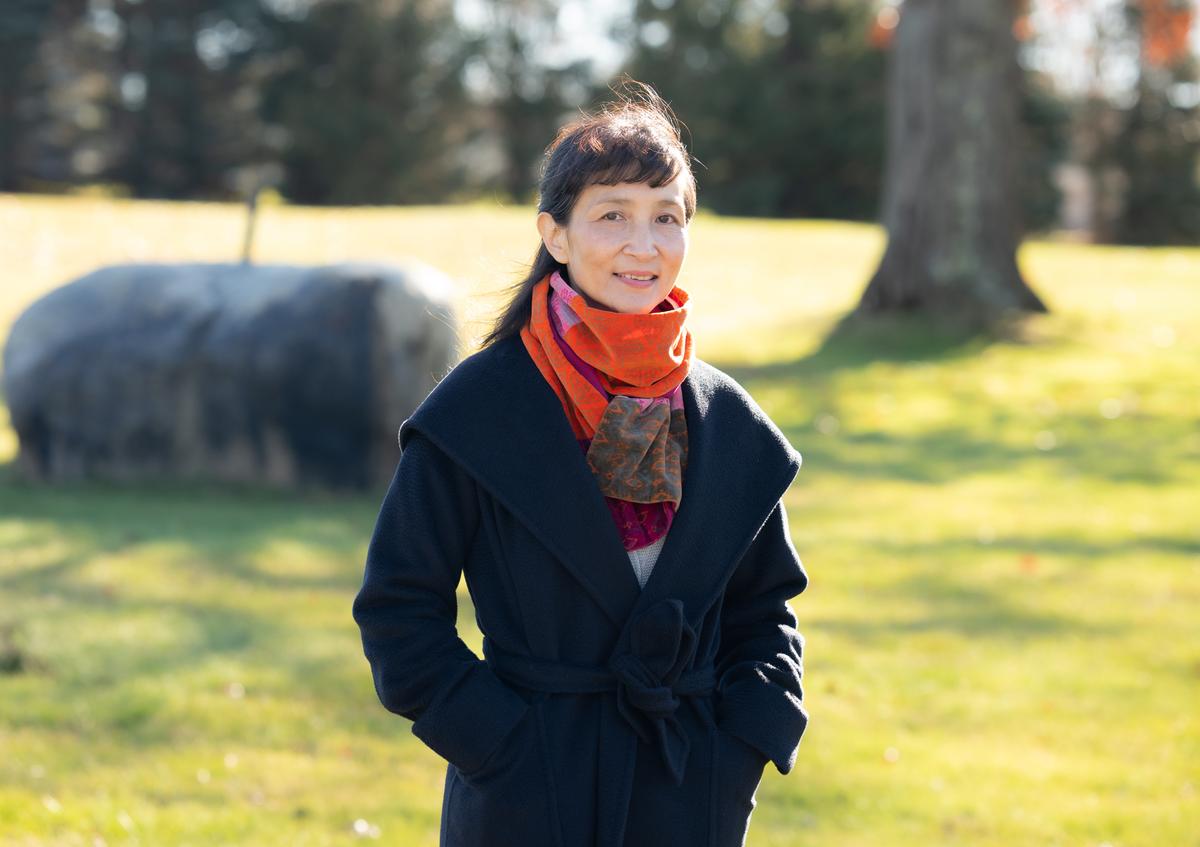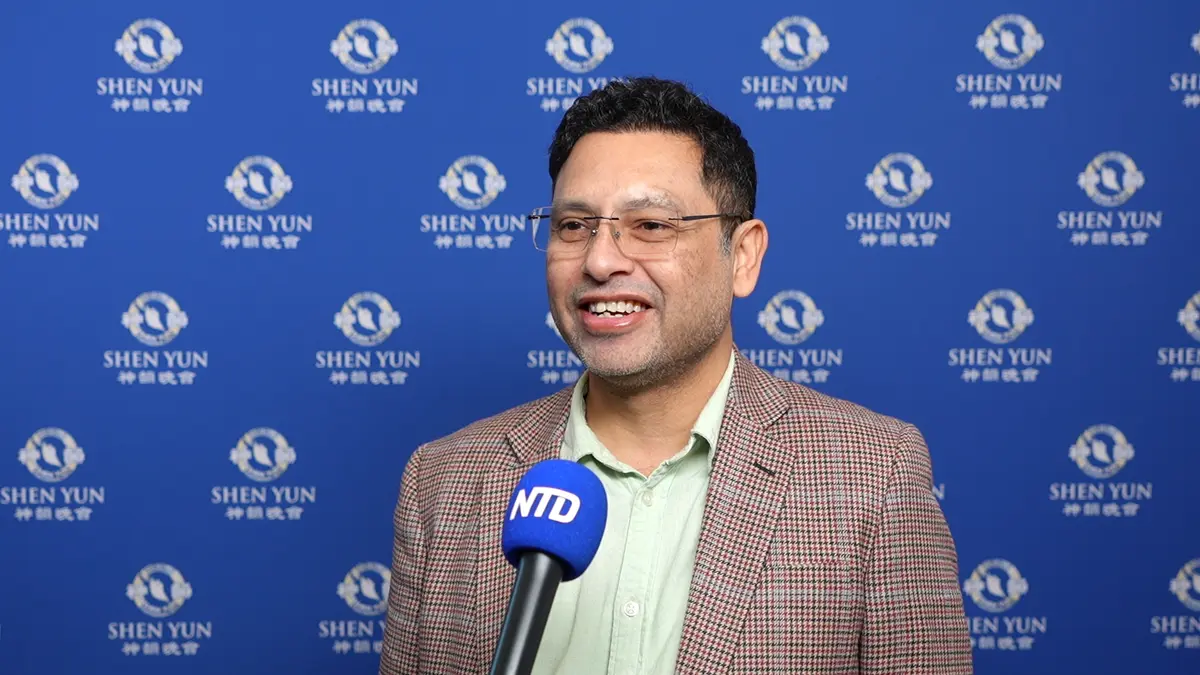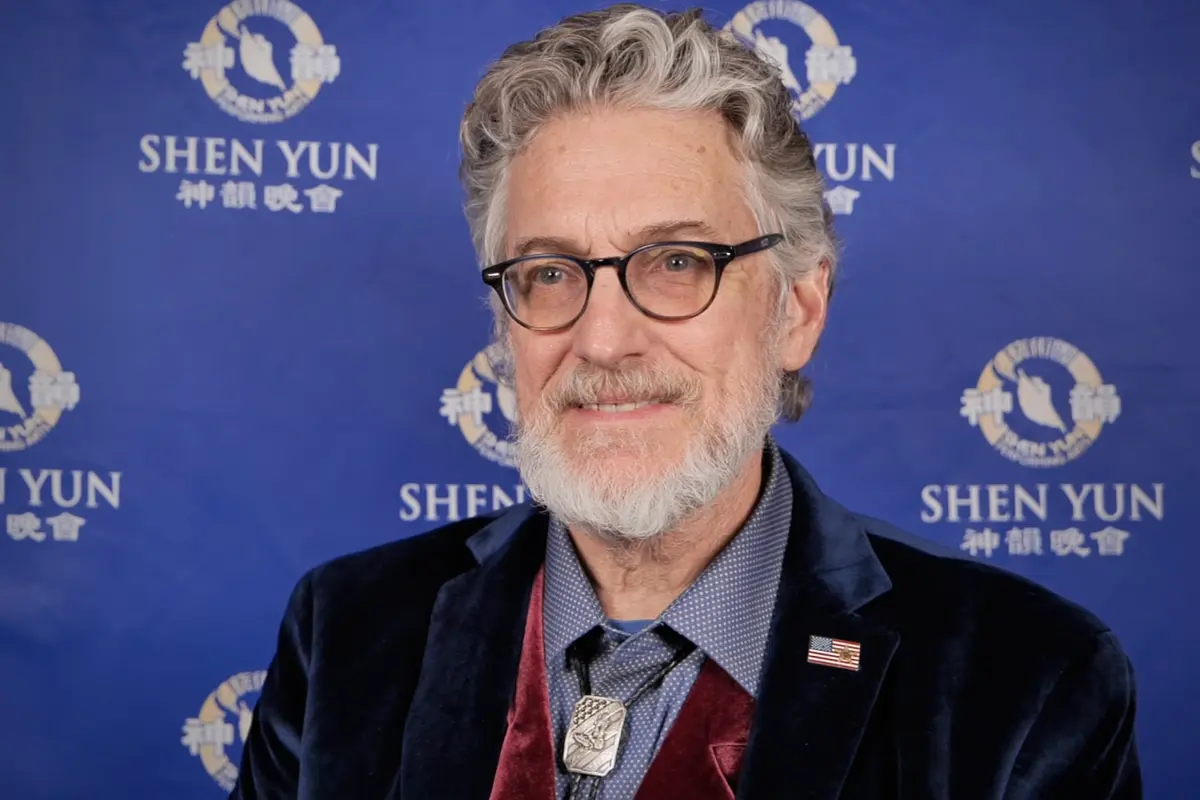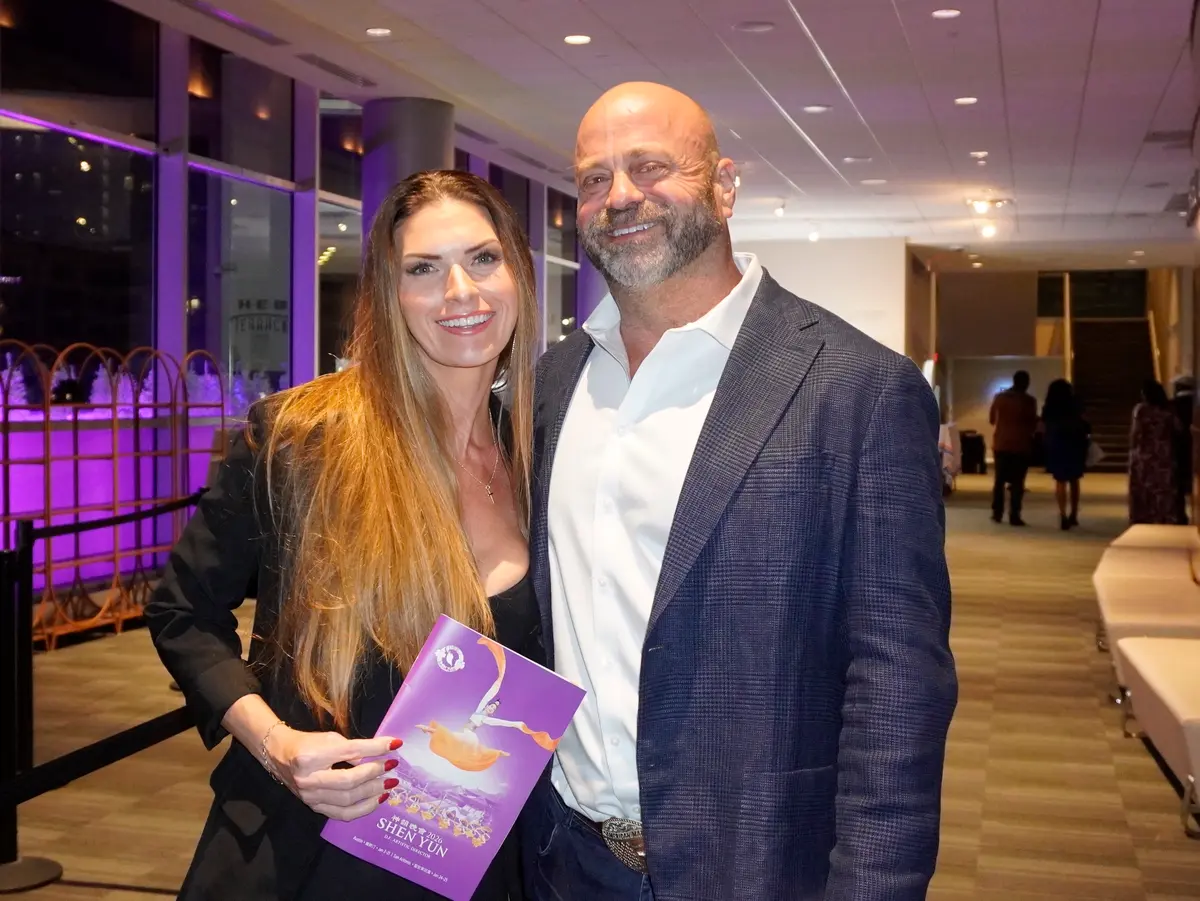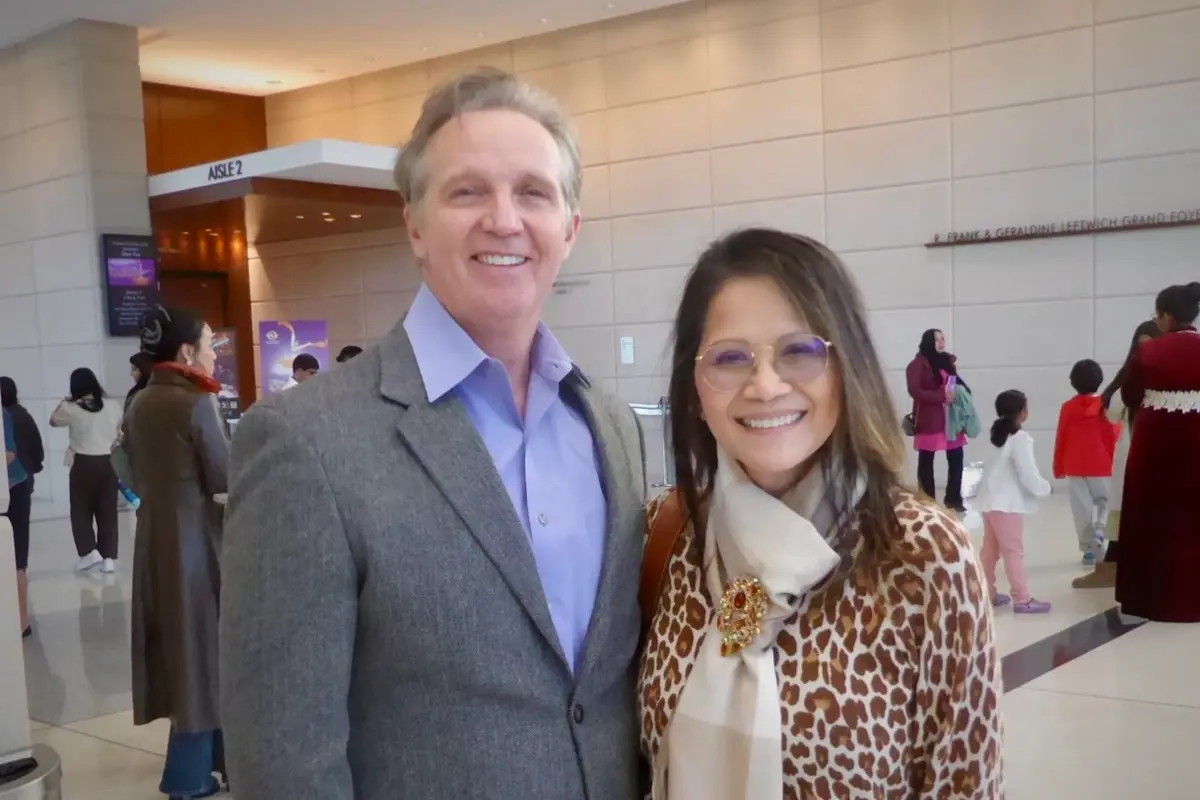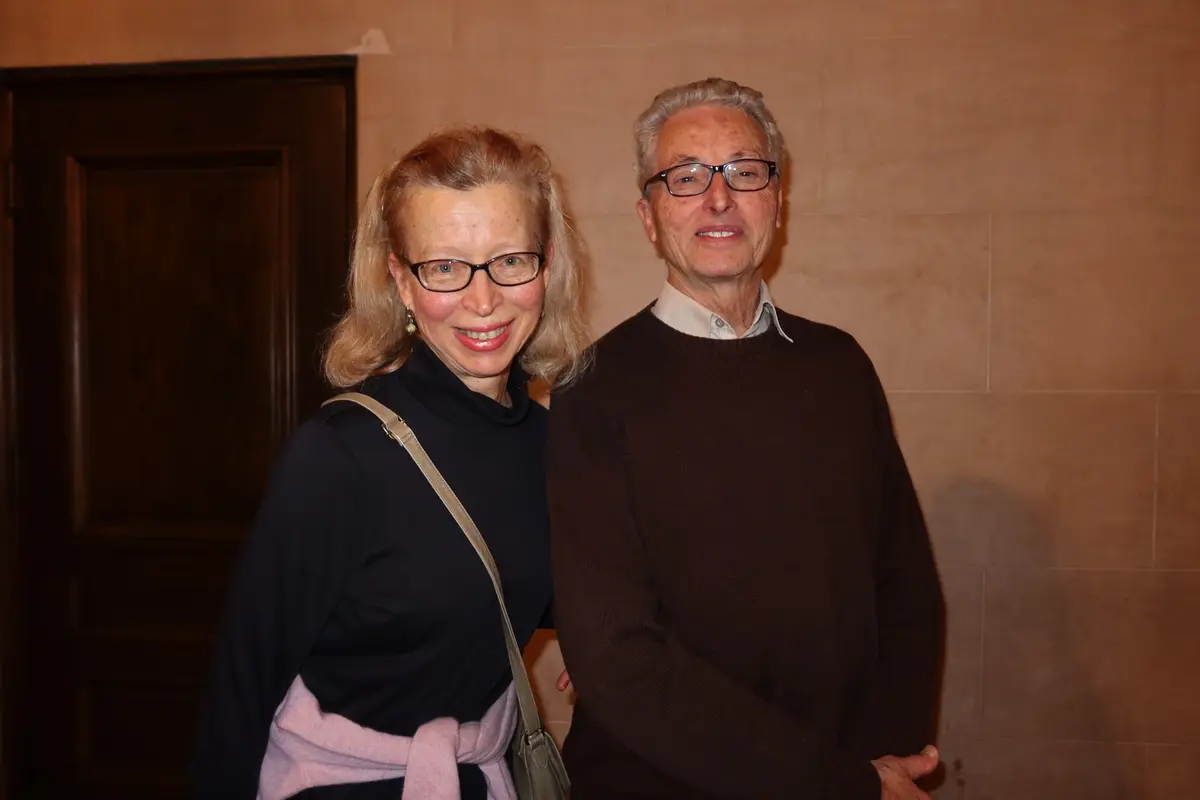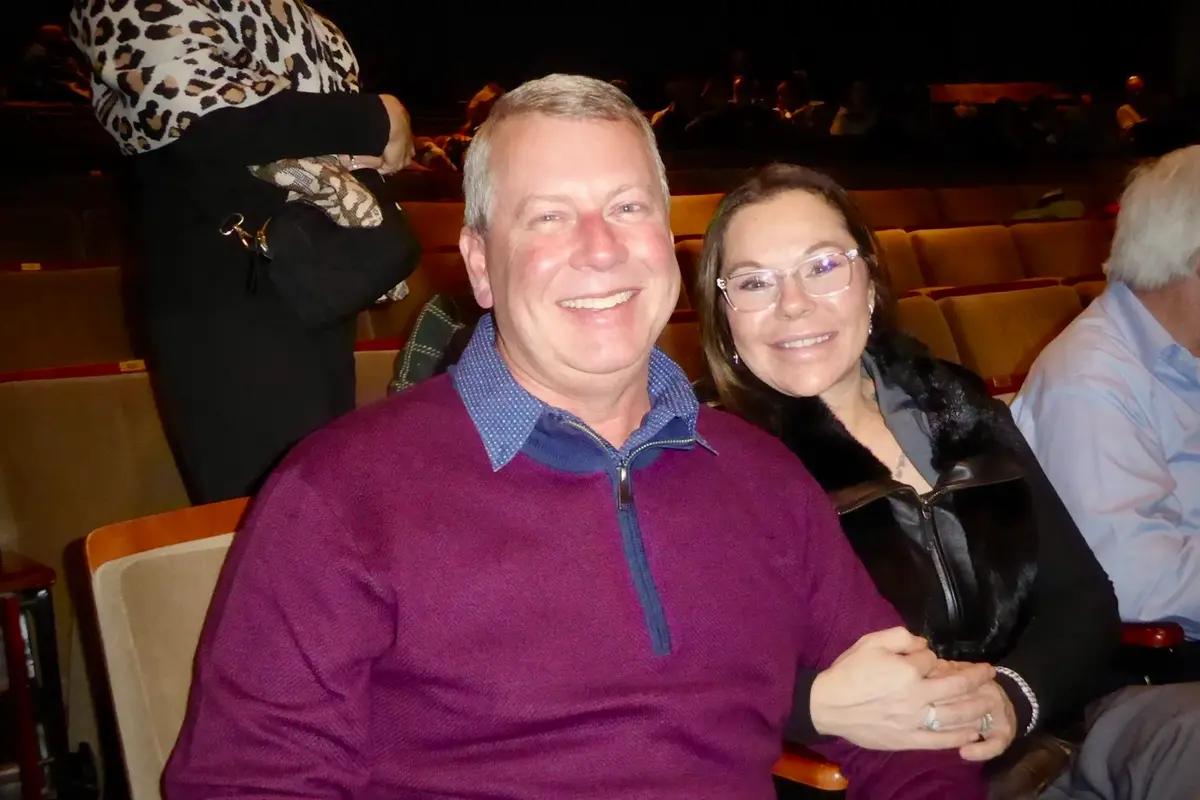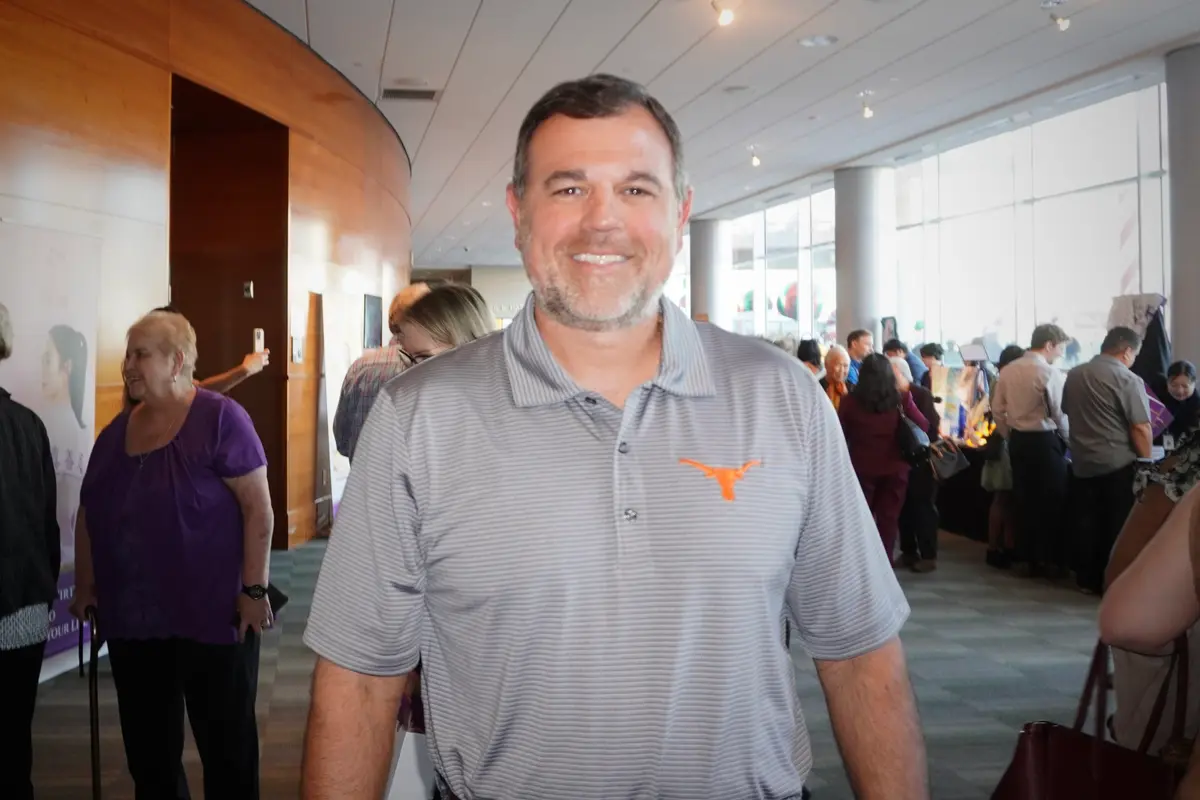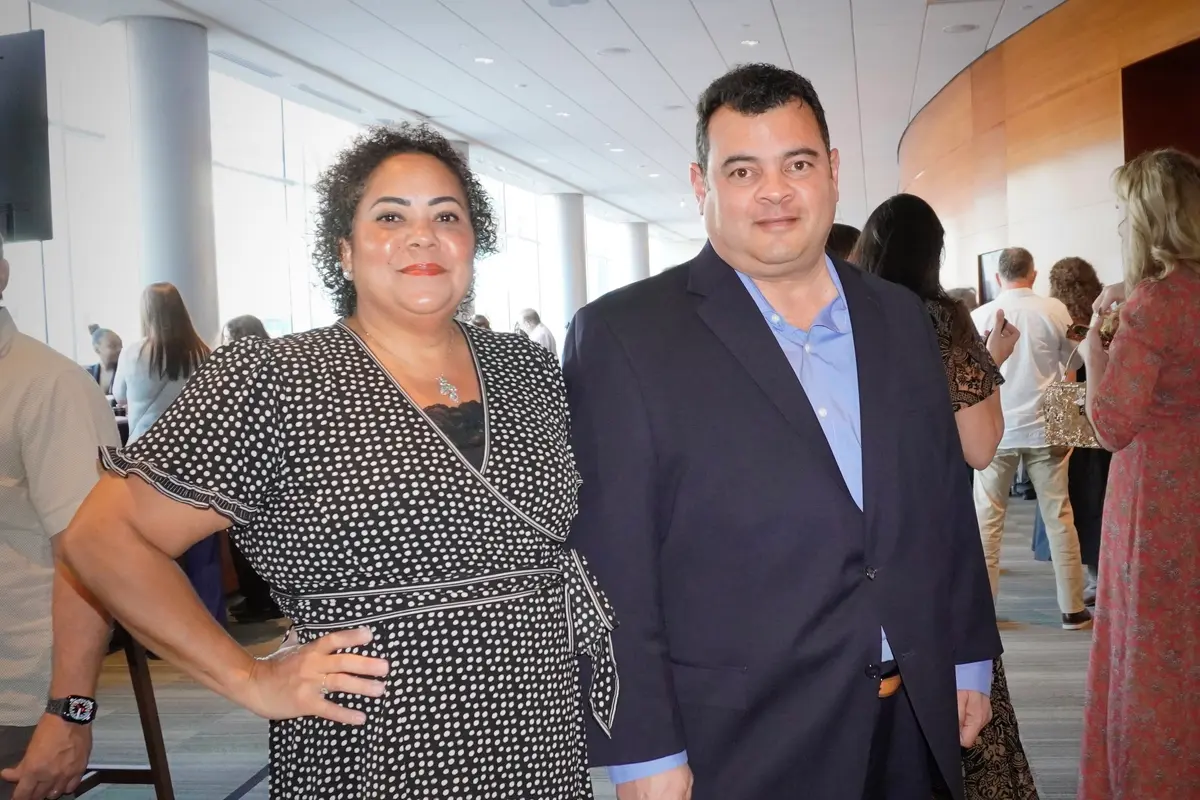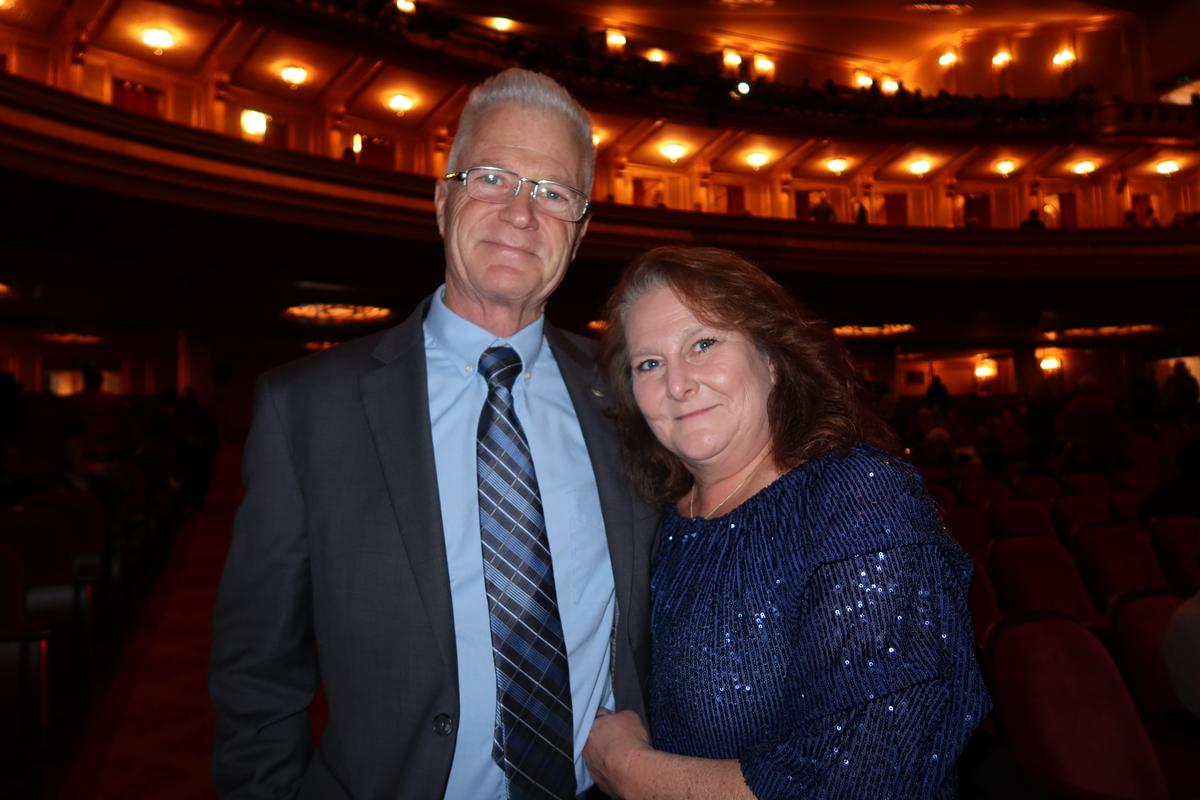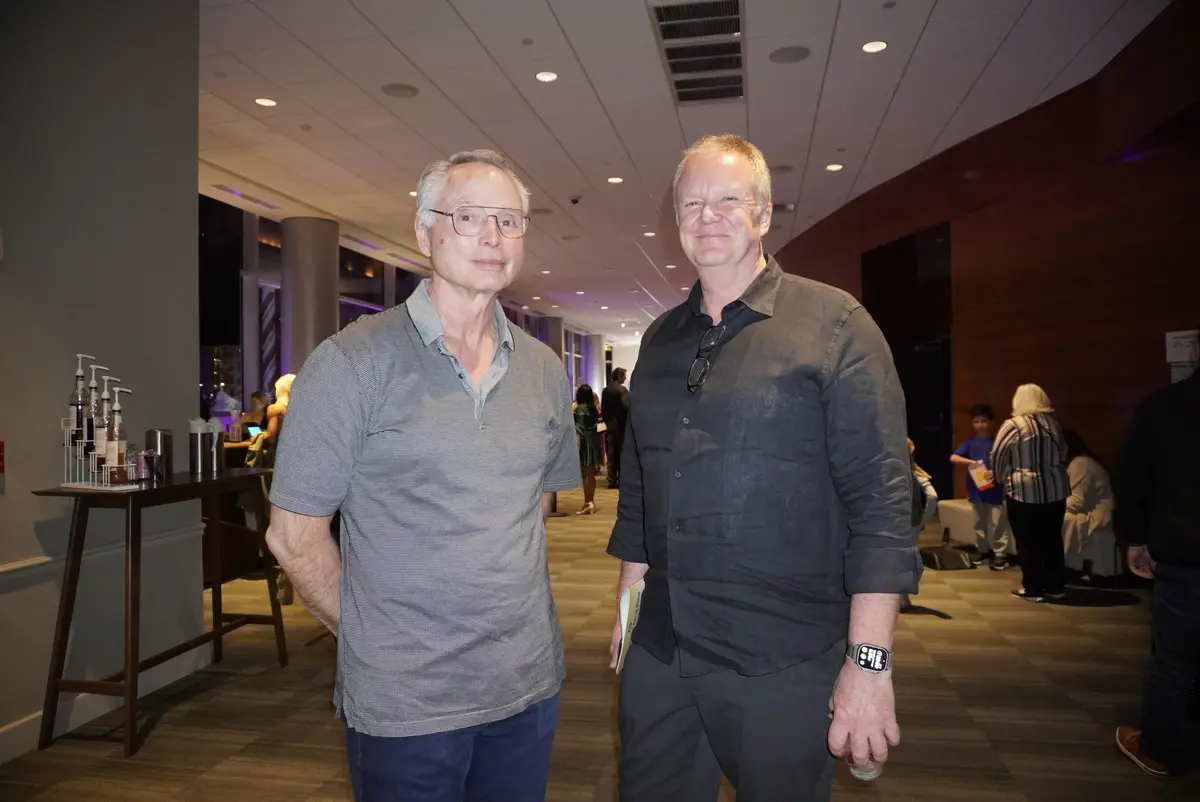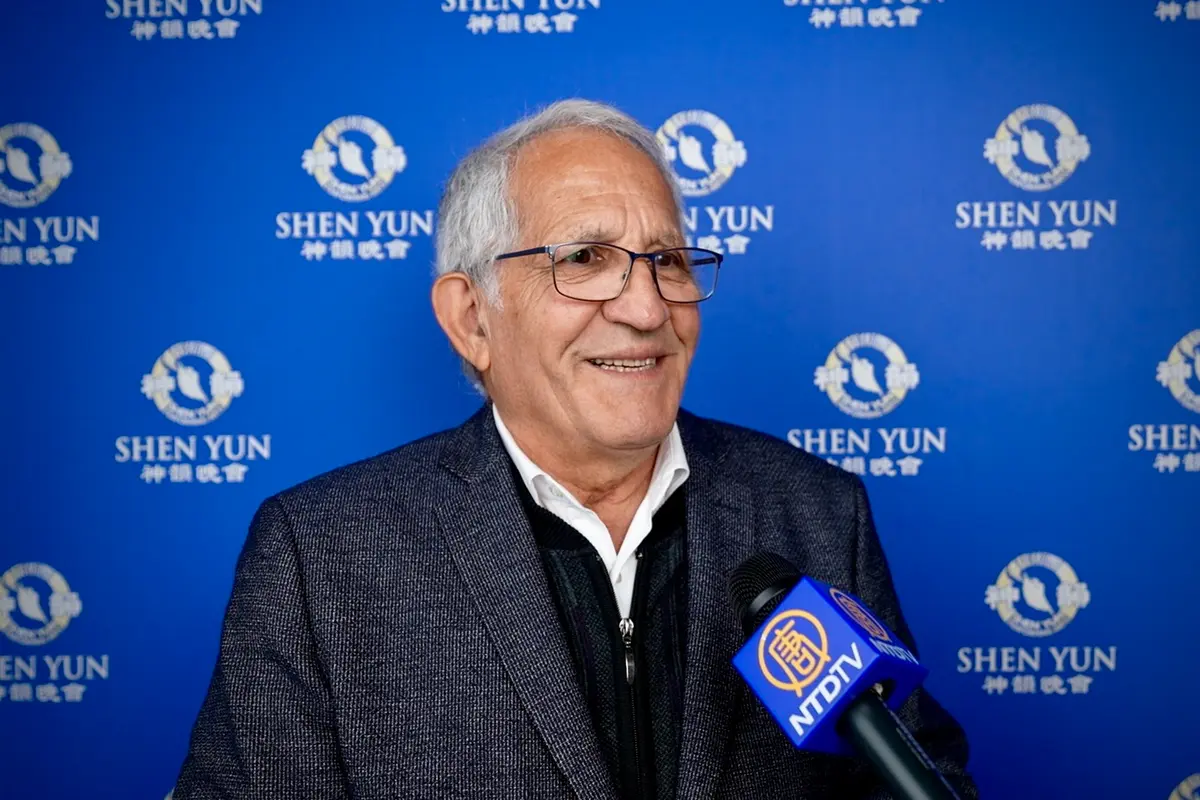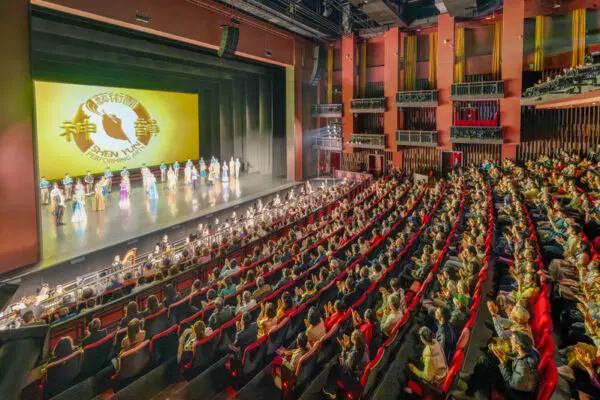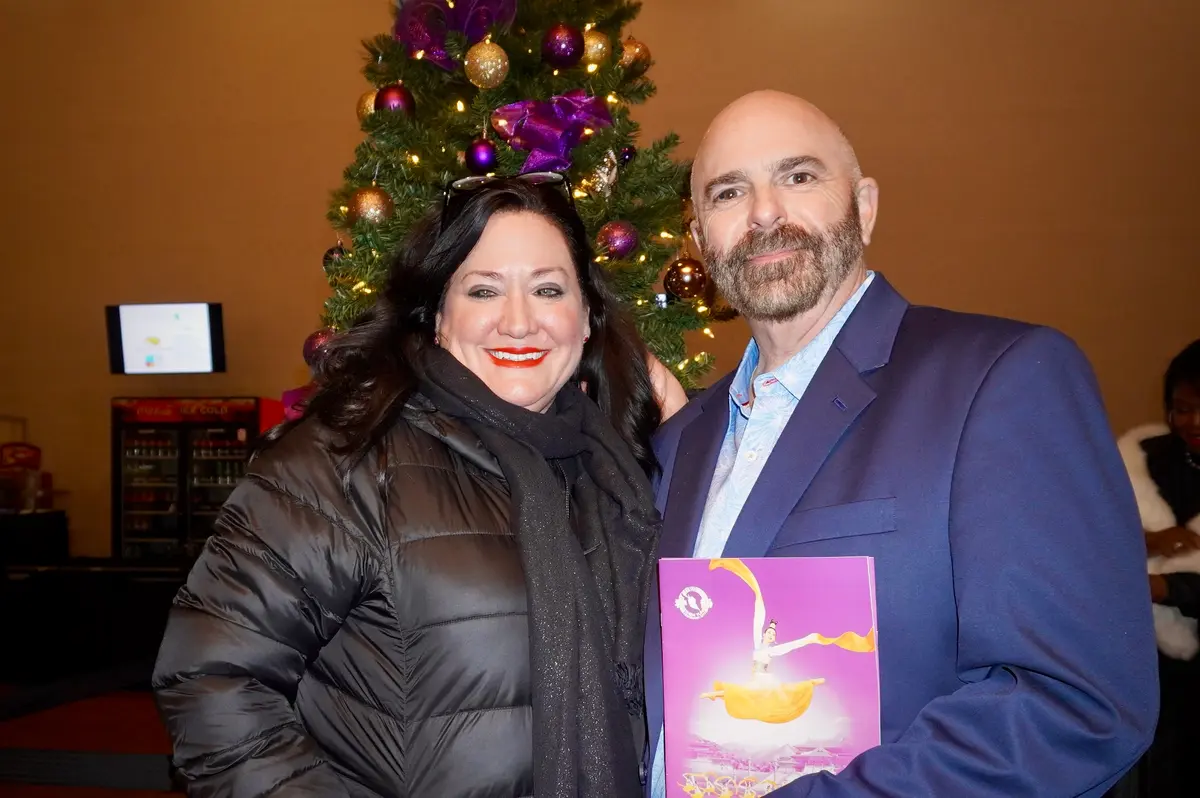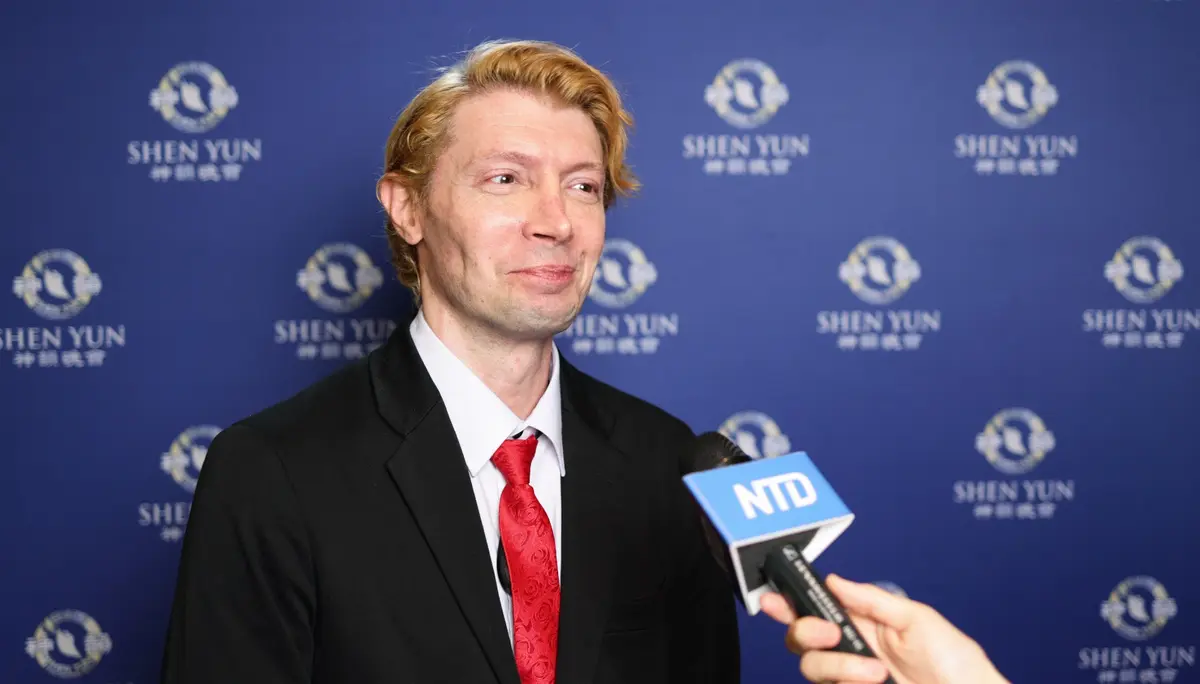Li Fan, an expert in baroque and early music, recently returned to playing the modern violin. It was a bigger adjustment than she expected, especially given her dynamic career in violin before taking up early music, and the experience prompted her to consider many things about the change of pace in music, culture, and life over the course of history.
“The development of civilization can be seen in the changes in our instruments,” she said.
The Compression of Time
There’s a bit of intrigue that comes with tuning to 432 hertz, as if it were a magic number. A hertz is a measurement of frequency—the number of cycles in one single second—and the higher the number, the higher the pitch.During the era of Haydn, Mozart, and Beethoven, when music reached what many consider its peak, instruments were tuned to 432 hertz. This was the Enlightenment era, an age of advancement and discovery, and the pace of everything was changing. The pianos that Beethoven used at the end of his career were almost entirely different instruments from the pianos he knew in his boyhood.
To Li, the change in tuning isn’t simply a matter of taste. It has to do with the pace of life in society at large.
Baroque music (that of Bach and Handel) is typically tuned to 415 hertz, and classical music (Haydn and Mozart) to somewhere between 427 and 432 hertz. Today, many orchestras in America tune to 440 hertz, although some are already making the change to 442 or 444 hertz.
To go back to the beginning of Western music history, one typically starts with the Gregorian chants of medieval monasteries.
“Medieval music is very, very slow.” If you’re a new listener, you may even wonder why the music is moving so slowly, she said. “But there is a lot of content.”
“It reminds me of a poem; it may be brief, but it contains a lot of meaning,” Li said. Ethnically Chinese, Li referenced Tang Dynasty poems and the writings of ancient sages. With five words, they would express what would take hundreds of words in plain modern language.
Antiquity is rife with proverbs and wisdom.
The pace of early music must have suited the ancients, who had “calmer hearts to listen to this music,” which may feel slow to the modern, busy person. But if you calm your heart and nerves and are present and mindful, you will find that you can also appreciate the virtuosity and meaning in the old music, she said.
Throughout the medieval period, the fiddle (also called a vielle) was prevalent. Like the later 15th-century viol, the fiddle isn’t a single instrument so much as it is a family of fretted and bowed string instruments. They can look a lot like the violin, or sometimes be a completely different shape, even angular or star-like. In many Renaissance paintings, you may find angels holding such violin-like instruments.
“It’s flat on both sides; there’s no curved belly as with the violin,” Li said, explaining the defining difference. “There are lots of different kinds and styles, and you can see many in museums or in paintings.”
The baroque violin was much more standardized than the fiddle, but still broader and flatter than the violin as we know it. Both old instruments use gut strings, not the metal ones modern listeners are familiar with. As a result, the older versions aren’t as loud or as resonant.
“And the way of playing is different,” Li said. “It’s more natural, warmer. The concert halls were smaller. Now you need volume and so on, such as with the tuning—415 hertz is no longer enough. Now we need stronger sounds, bigger, brighter, and louder, more virtuosic.”
Concert halls got bigger, instruments were made to be more resilient and resonant, and from the classical period onward, musicians and composers continually outdid the past to dazzle audiences with technique and virtuosity.
“People don’t have the heart to do a single, slow thing. In this mindset, we’ve lost some of the finer details. There’s a loss of sensitivity in this. We need more volume and power and speed to excite people,” Li said. “I think this is very interesting.”
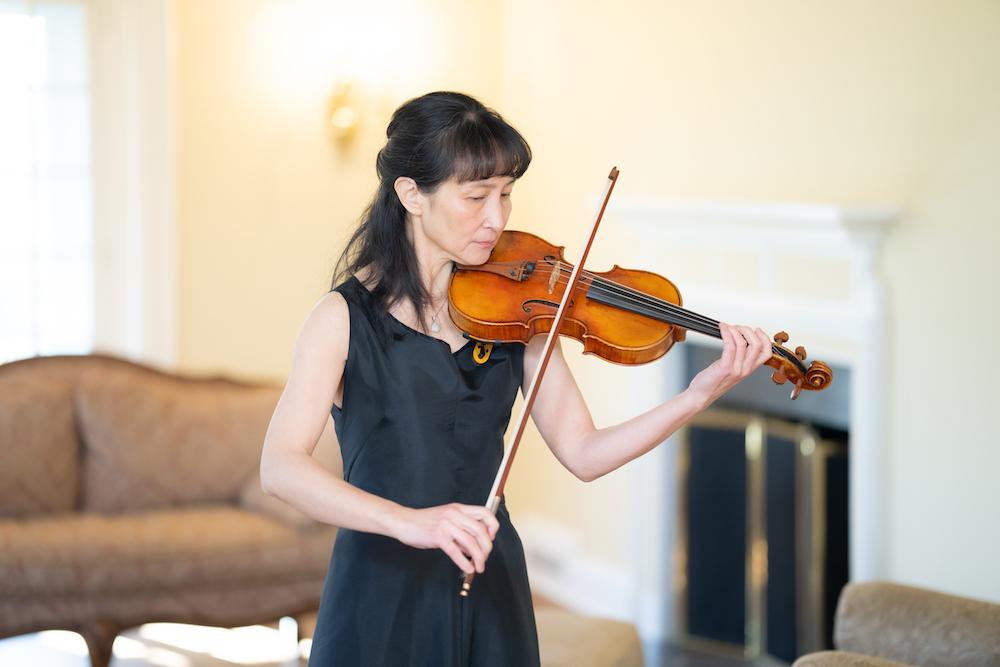
Fated Encounter
After a decade of performing as a violinist in the orchestras of renowned ballet and opera companies in China, and recording numerous CD, radio, television, and film projects, Li turned her sights on Germany. Wanting to deepen her study of music, she went abroad. In a twist of fate, Li was introduced to early music and embraced it with open arms.“What began as a fated encounter turned into a mission,” Li said.
Already 30, Li baffled administrators when she applied to German music conservatories. They would tell her that most of their incoming students were a mere 17 years of age and wondered what she was doing among them.
Li was accepted into a school, but was told that there weren’t enough teachers, so she would have to wait a semester before beginning classes. Homesick and tired of waiting, she decided to investigate whether there was some other class she could take.
“The first thing they asked me was how old I was,” Li said. She quipped that they must have found her old because they advised her to go learn old music. She was sent to the ancient music department where, finally, she was told to come back the next week and bring her instrument.
Ancient Studies
“This instrument came to me, and I accepted it, studied it, understood it, its history and content, and appreciated the beauty of it,” Li said. She delved into not just early music, but also medieval art and culture.“It’s very close to God—all the arts were about God,” she said.
During her studies in Germany, she took master classes with Ton Koopman, a conductor and renowned musicologist; John Holloway, a baroque violin expert; Anton Steck, a violinist and conductor; and Pedro Memelsdorff, a music director and musicologist specializing in medieval music.
She was a member of the Paradiso ensemble in Frankfurt and collaborated with La Stagione Frankfurt, the Free Dance Theater in Frankfurt, Maurice van Lieshout, Michael Schneider, the Mannheim court orchestra, and the Main Baroque Orchestra.
After graduating from the Frankfurt University of Music and Performing Arts in Germany, Li furthered her postgraduate studies in historical interpretation with Petra Müllejans, the German violinist, conductor, and pedagogue renowned for her work in historical performance practice, and Li later became an assistant instructor for the professor’s master classes.
She also studied medieval and Renaissance music at the Schola Cantorum Brabantiae with Maurice van Lieshout and Rebecca Steward.
Li’s time in Europe was spent performing, in ensembles small and large, playing both old music and new premieres. She recorded a number of new CDs, including an album of Vivaldi’s works with the Capella Academia, and Telemann concertos with La Stagione Music Orchestra. She appeared in recorded live productions such as the DVD of Schauspiel Frankfurt’s 2009 Roter Ritter Parzival (Percival, the Red Knight). She became a founding member of ensembles Aquilla, La Pace, and the Allegris Quartett, touring in both Europe and Asia. Li was selected by the New Frankfurt Philharmonic to share the stage with artists including the beloved Andrea Bocelli and celebrity David Garrett.
Reviving Tradition
Recently, Li accepted a position with the world-renowned Shen Yun Performing Arts. She was interested in both the company’s music and mission. A person of faith herself, she appreciated the fact that New York-based Shen Yun doesn’t shy away from faith and tradition.“We talk about reviving tradition—that’s not an easy thing, and not something you can just say casually. But we have to do it. We are doing it—in a way that is complex, harmonious,” she said. “The music is Chinese, and it’s not just pleasant to listen to, but also meaningful. It gives you a lot to think about. There is a story. ... There is deeper meaning and a touch of the divine.”
In this space, Li felt she could take all the experiences gained in her life—the years spent playing music she felt was closest to God, the traditional Chinese culture she was steeped in during her upbringing—to fruition. In encountering Shen Yun, she gained a sense of mission.
“‘Reviving traditional culture,’ this phrase is something I think about all the time now, and it’s close to my heart. I’ve lived with early music for so many years in my career, and my upbringing was that of traditional culture,” Li said. “I felt I could really purely and simply focus on this mission.”
During those first few months, Li felt like she was existing in a pressure cooker. But it was also a time that brought her a new understanding of faith, spirituality, and her art.
From Pressure, Diamonds
In encountering Shen Yun, Li also gained a renewed sense of faith.So when Li met a member of Shen Yun for the first time, the idea that she could take up this spiritual discipline for herself was planted. In truth, Li’s husband also practiced Falun Gong, but in more than a decade of marriage, it wasn’t something Li had been interested in. His faith was his personal matter.
“For that first year or two, I did nothing but practice. But then I remember one day, I came in early, and before practice, I decided to meditate first,” Li said.
“Finally, I had some peace. And for some reason, the tears just came pouring out,” Li said. It was a turning point for Li’s resolve—in her mission, and her faith. And as she resolved to live her life by the principles of truthfulness, compassion, and forbearance, she gained a deeper understanding of art and music as well.
“Shen Yun evokes kindness in people. It prompts one to think about higher things, about what is true compassion and benevolence,” Li said. “True beauty and true goodness change hearts and minds.”
After a particular performance in Spain, Li remembered comments from an elderly woman who had been in the audience with her daughter. The woman’s husband had been a musician as well, and she was deeply moved by the music of the performance and spoke fervently to Li about the spirit of what they experienced.
“‘It was like we had given humanity a direction’—audiences will say things like this. They feel like they’ve obtained something greater than sensory enjoyment, but something that was positive for their spirit, that through cultivation of one’s character, one can have a better future,” Li said. “Of course, I’ve seen audiences who were moved before—but not like this.”
Li believes the art Shen Yun brings to audiences is the best, not because of the skills each member possesses, but because of the spirit they deliver to each and every viewer. Traditional culture is divinely inspired culture, and “what we’re bringing people is from from the divine, and that’s why it is the best,” she said.

